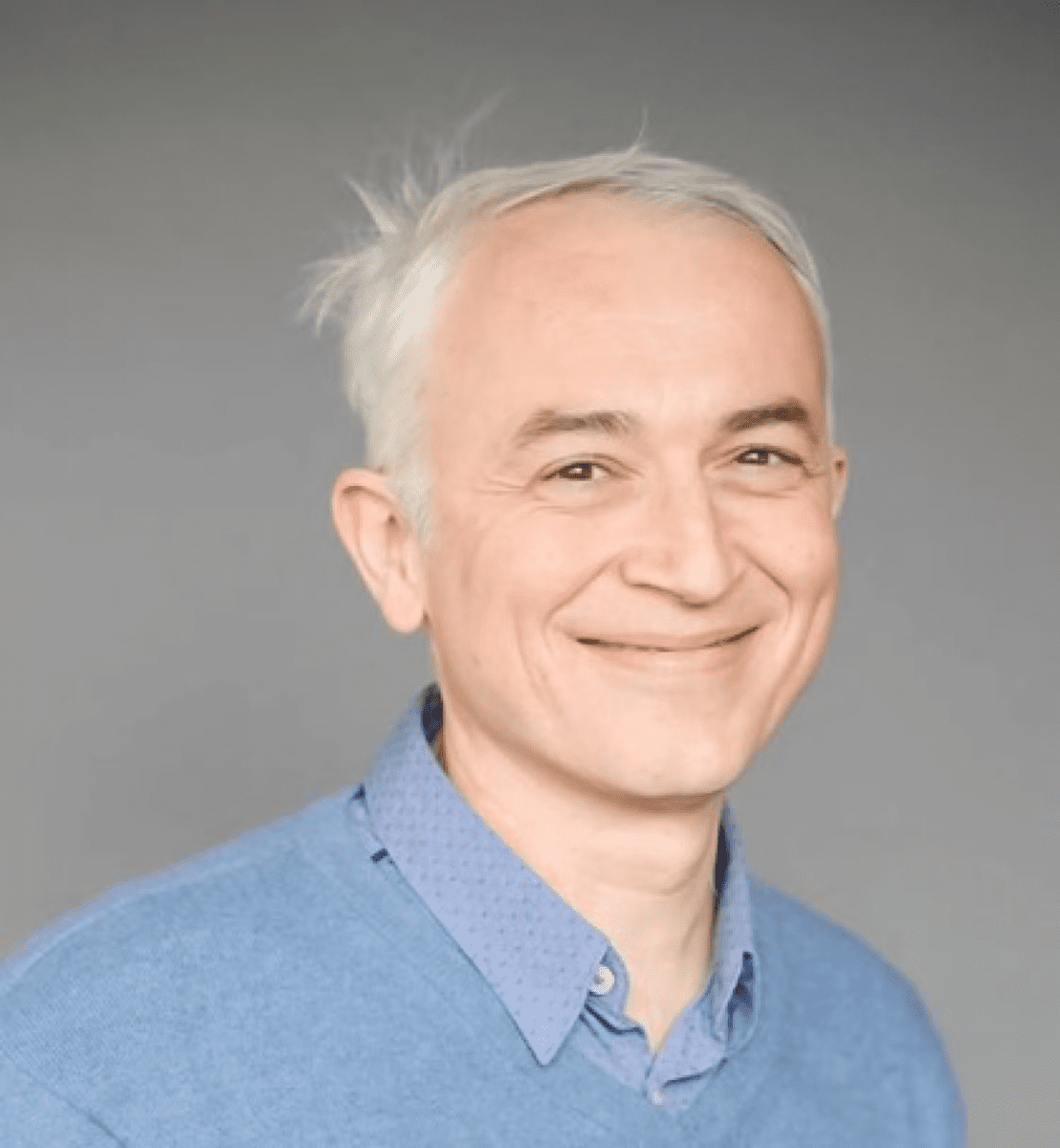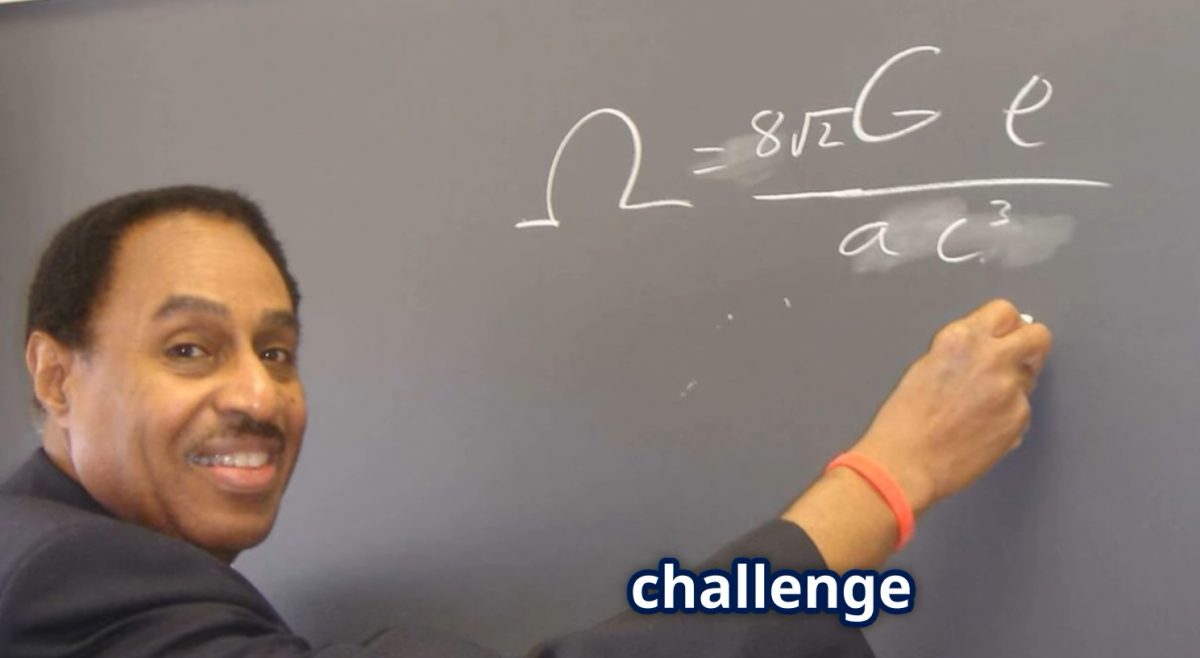
Professor Pablo Jarillo-Herrero, Katzenstein Distinguished Lecturer
The University of Connecticut, Department of Physics, is proud to announce the 27th Annual Katzenstein Distinguished Lecturer on Friday, January 30th , 2026 by Professor Pablo Jarillo-Herrero. Pablo Jarillo-Herrero is a Cecil and Ida Green Professor of Physics at the Massachusetts Institute of Technology and a member of the US National Academy of Sciences. He […]
[Read More]
Professor Vladan Vuletić, Pollack Distinguished Lecturer
The University of Connecticut, Department of Physics is proud to announce Edward Pollack Distinguished Lecture will be on Friday, November 7th, 2025. The speaker is Prof. Vladan Vuletić, Department of Physics, MIT. The title of his lecture is “The Quantum Age: From Atomic Clocks to Quantum Computers” For the time and the location of the […]
[Read More]Lab tours for women in Science, Math, and Engineering
Prof. Menka Jain and her group hosted ~35 WiMSE students from UConn Storrs arranged by the Women in Math, Science and Engineering Learning Community. The goal of such lab tours is to provide female undergraduate students with a first-hand knowledge at the dynamic and impactful work being conducted at UConn in STEM fields, helping to […]
[Read More]UConn Honorary Degree Awarded to Alumnus, Manasse Mbonye, PhD 1996
Manasse Mbonye (UConn Physics PhD 1996, Advisor: Ron Mallett) was awarded an Honorary Doctor of Science degree, and was the Commencement Speaker at the UConn Commencement ceremony in Gampel Pavilion on May 12, 2025. Manasse has had a remarkable career in physics, politics and scientific administration since completing his PhD in Physics at UConn in […]
[Read More]
An article in Earth.com describes the research and the life story of Prof. Mallett
“…More than a scientific pursuit, Mallett’s story testifies to human resilience, intellectual courage, and hope’s enduring power. Whether his theoretical time machine ever materializes, his legacy is immeasurable—inspiring countless individuals to challenge conventional limits and perceive time not as an unyielding barrier, but as a boundless frontier awaiting exploration.”
[Read More]